What To Look For When Buying A Used Gun
Looking to add a pistol to the safe, or maybe shop for a first personal defense handgun but don’t have the dough for the new gun of your dreams? Don’t be afraid to shop the used counter, because with a little savvy shopping, buying a used gun can be a great source of bargain guns.
For one thing, we are in the middle of a law enforcement pistol trade-in boom the likes of which hasn’t been seen since the early 1990s. Back then, the market was glutted with used .38 Special and .357 Magnum duty revolvers as the U.S. law enforcement community moved en masse to semiauto pistols. Many a Smith & Wesson collection began with those $100-$200 trade-in wheelguns.
Similarly, the current trend in law enforcement service pistols is away from .40 S&W autos to the 9x19mm cartridge. The result is an oversupply of department trade-in Glock 22 and Sig Sauer P229 pistols and their .40 caliber kin on gun sellers’ shelves today.
Beauty Might Just Be Skin Deep
While focusing on law enforcement trade-ins, the following pointers are broadly applicable and can help with evaluating used pistols of the non-law enforcement variety as well. Most of these tips are for face to face transactions at a gun show or your local gun store. If you’re buying a used gun online, ask them for additional pictures of the gun. Most individuals and smaller shops would gladly provide more info if they think they are dealing with a serious customer for their wares. And if the deal you’re looking at online seems too good to be true, it probably is.
First, exterior wear is just cosmetic. You don’t have to worry about it from a functional standpoint. Police trade-ins will exhibit finish wear on the slide and frame from being carried in holsters, and the sides of the grip will exhibit odd patterns of scuffs and nicks from being banged into cruiser doors, furniture, desk chairs, door jambs, et cetera. Wear on the metal, unless it’s actual scratches deep enough to compromise the rust-resistant finish, is totally cosmetic. It won’t affect function, but feel free to use it as a haggling point on price. “Ew! It’s ugly! Gimme another twenty bucks off.”
It’s What Inside That Matters
So, if wear on the outside of the gun is merely cosmetic and has no correlation to how much the pistol has actually been used (the equivalent of leaves and bird droppings on a car that’s been parked in the yard for years), then where’s the equivalent to the odometer on a handgun? How can you tell how many miles are on…er, I mean, how many rounds have been through it?
Ideally you’d detail strip it, but that’s not likely to happen. Most stores are cautious about even field stripping guns for sale for several reasons: It puts more shop-wear on the guns, nobody wants to pay a sales clerk a quarter hour’s wage to find a spring that launched itself across the room, and (being honest) the average customer and the average counter clerk tend to be a lot better at taking things apart than putting them back together. Most retailers have a policy based on “better safe than sorry.”
Warning Signs To Watch Out For
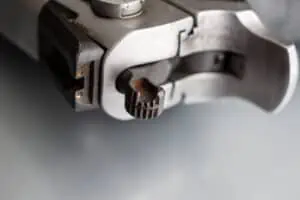
The rust on this pistol might be something to watch out for, but a broken hammer can be easily replaced by a gunsmith.
If you can get the clerk to let you field strip the gun or to do it for you, that’s great. Even if you can’t, two of the best wear indicators on many types of pistol are visible without field stripping. With the slide forward, look at the top forward edge of the chamber where it meets the forward edge of the ejection port. With the slide locked to the rear, look at the top of the barrel out near the muzzle end. These areas both tend to show increased finish loss with higher round counts. With, say, a classic Sig P-229, a shiny crescent shaped wear patch, sometimes called a “smiley face” will appear out near the muzzle with very little shooting. If the pistol has a few cases of ammo through it, that wear pattern can trail quite a ways back on the top of the barrel.
It’s very rare that a pistol will have been fired enough to use up an appreciable portion of its active service life, but these can be points to haggle over.
Inspection Is The Key
There are a few other points that can be checked from the exterior. The extractor claw can be examined with the slide locked back. It should be intact and free of chips or divots. It should also exhibit some tension if you try to manipulate it with your finger. If it pivots outward and doesn’t snap back (on a pistol with an external, pivoting-type extractor) then the extractor spring is likely toast or the channel is so dry and full of cack that it’s not functioning properly.
Hard pass.
A quick function check of the lockwork should be done, ensuring that the pistol stays cocked if you slowly hand-cycle the slide while holding the trigger to the rear. This is also the time to make sure that the manual safeties, if any, block trigger functions appropriately and that any decockers safely drop the hammer. A pencil down the barrel, eraser end first, while manipulating the decocker will let you know if the firing pin is being hit or not.
Best Bang For Your Buck. Literally.
Armed with this knowledge, shopping the used pistol counter or buying a used gun online should cause you no trepidation, and may even get you that name brand pistol for a bargain bin price.

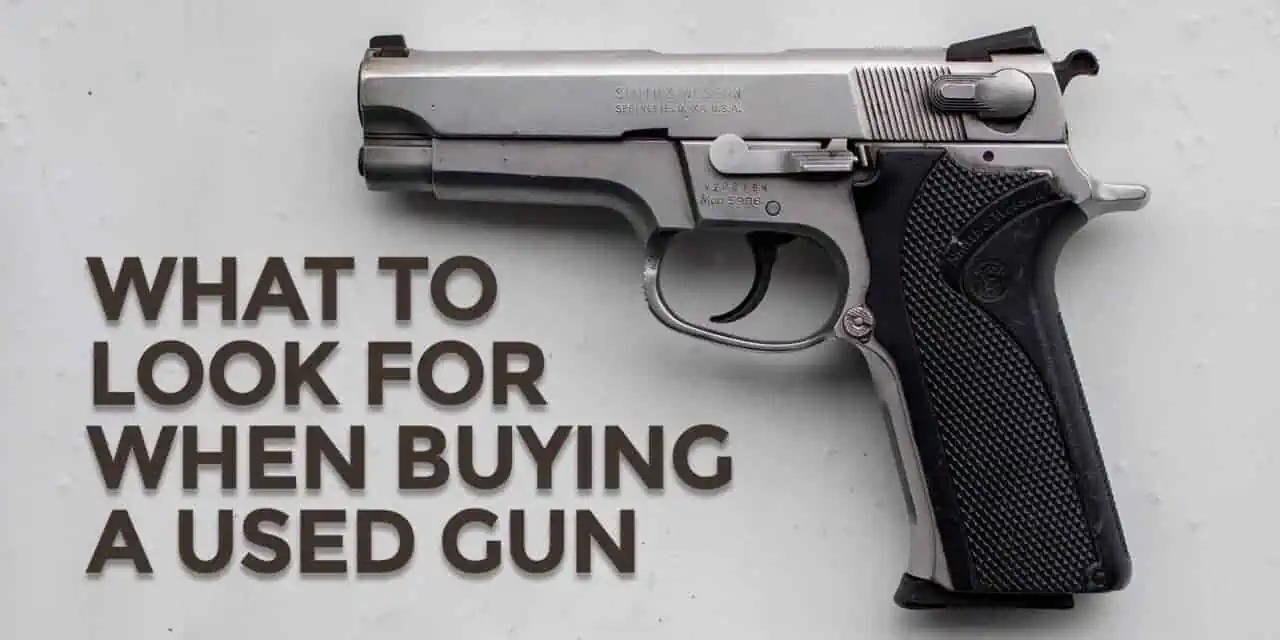

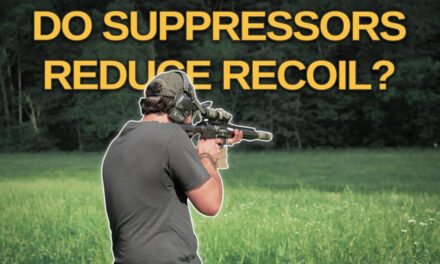
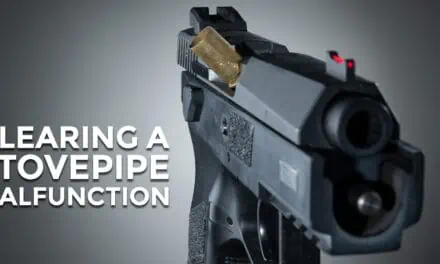
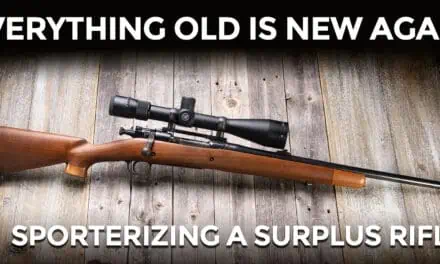


All good advice. Semi auto pistols are, in some ways, easier to inspect for flaws than revolvers.